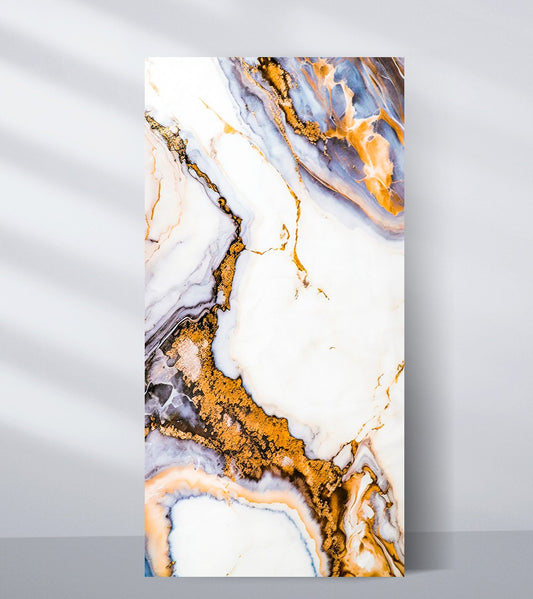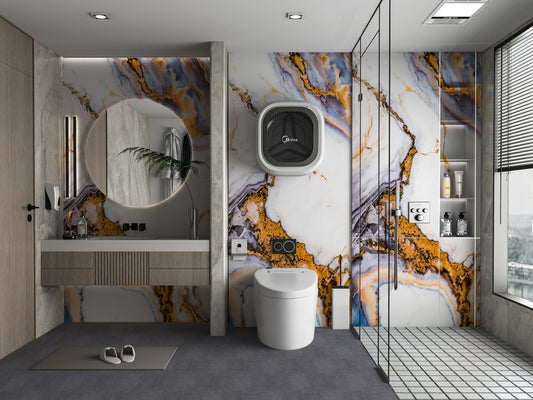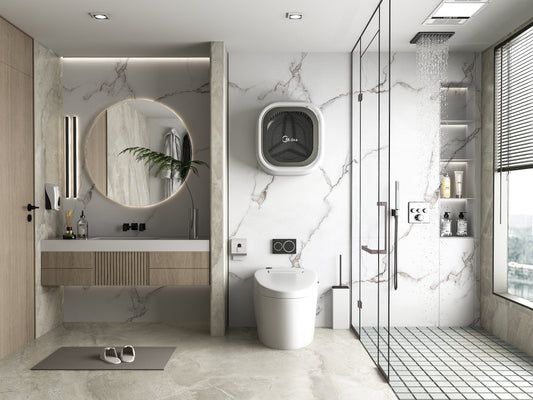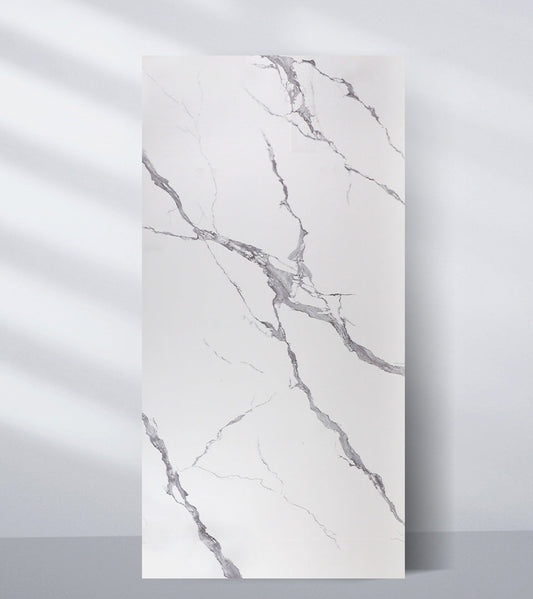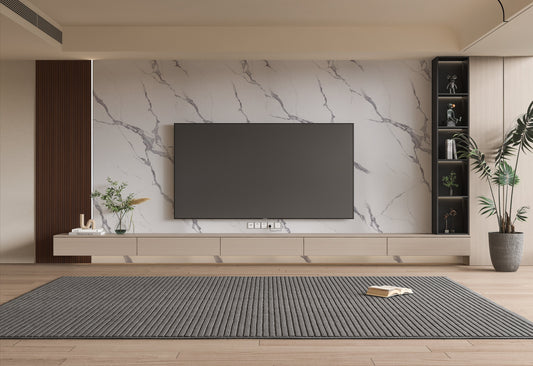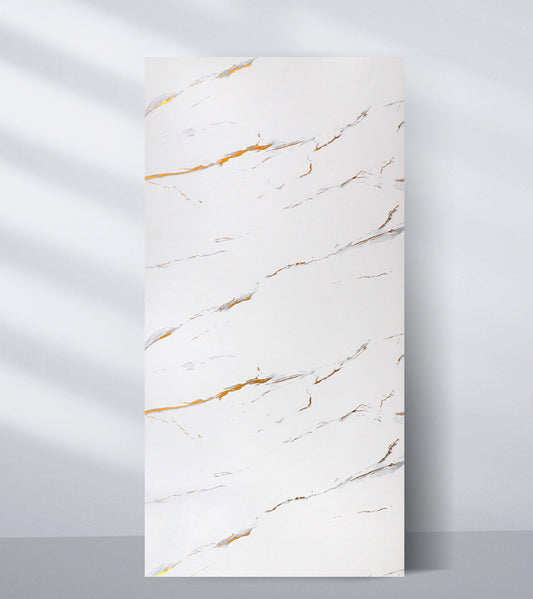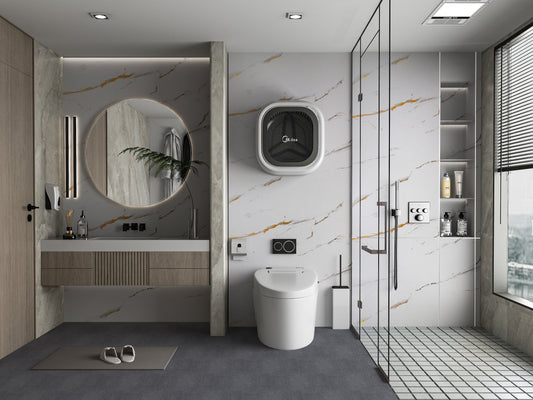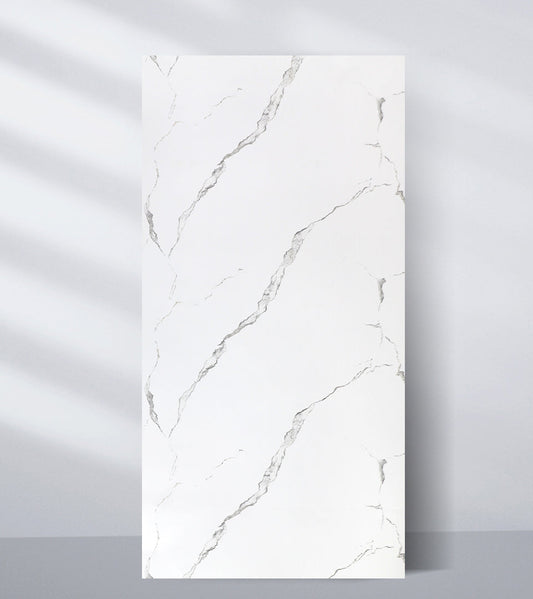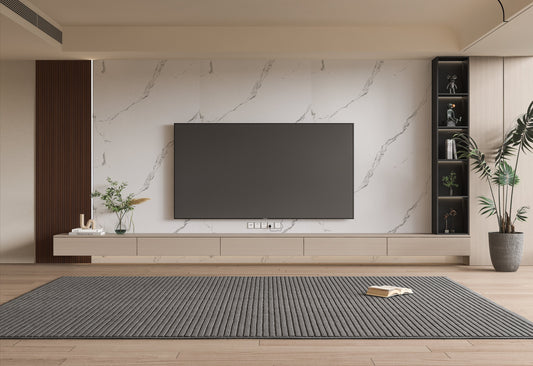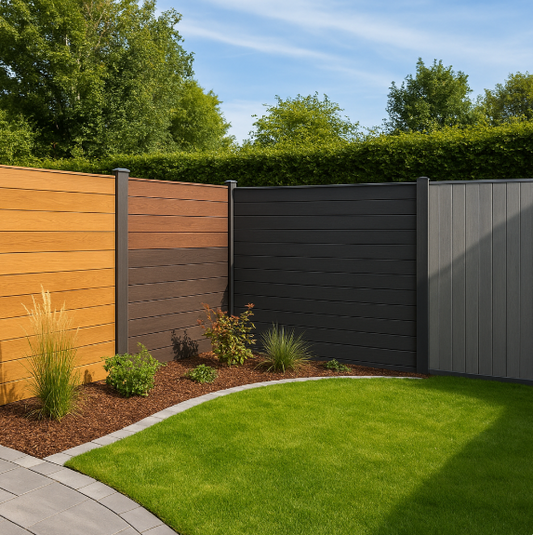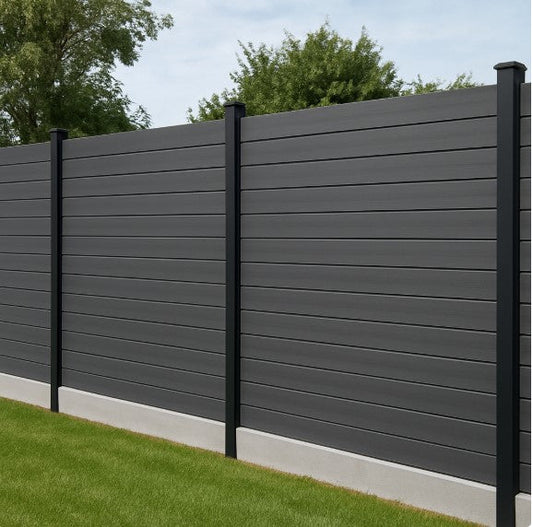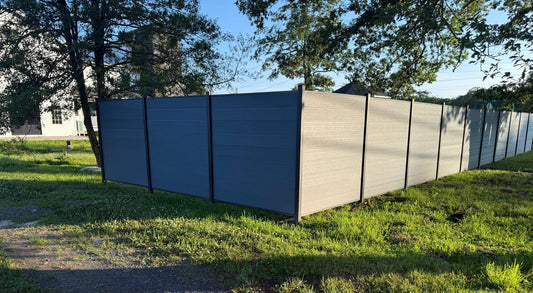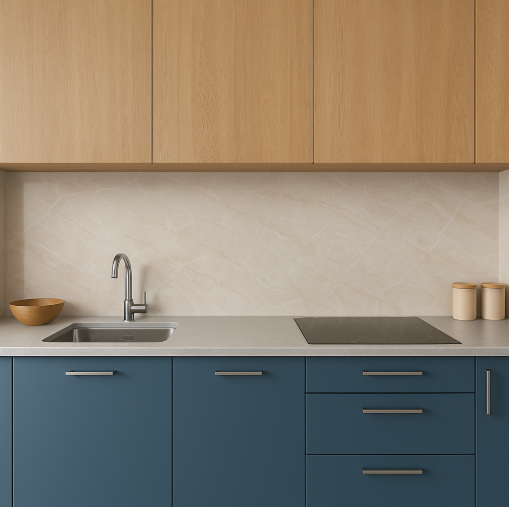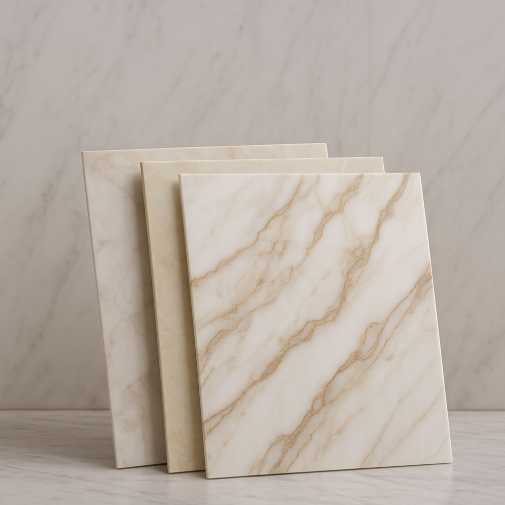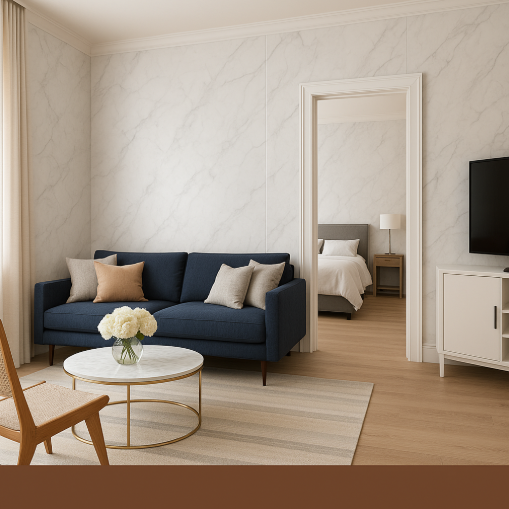Choosing the right fencing for your property isn’t just about looks it’s about value, durability, and long-term savings. With several fencing materials available on the market, including composite, vinyl, wood, and metal, understanding the full cost picture is essential. At Accel Inc, we believe an informed decision starts with comparing not just the upfront price, but also installation, maintenance, and longevity. This blog will walk you through a complete cost comparison between these four fencing types.
What Is Composite Fencing?
Composite fencing is crafted from a combination of recycled wood fibers and plastic polymers. The result is a durable, low-maintenance material that offers the look of natural wood with the strength of modern manufacturing. Composite fences are designed to resist weather, fading, pests, and moisture damage. They typically last 25 to 30 years or more and are available in a wide range of colors and textures. For homeowners and commercial property owners alike, composite fencing offers a smart balance of style and performance.
Upfront Material Costs
The initial cost of fencing materials varies significantly by type. On average, composite fencing costs between $25 and $45 per linear foot. Vinyl, another low-maintenance option, ranges from $20 to $35 per linear foot. Wood fencing is typically more affordable upfront, with costs between $15 and $30 per foot. Metal fencing, depending on whether you choose aluminum or wrought iron, can range from $30 to $60 per foot. While composite and metal fences tend to have higher upfront costs, they often make up for it with long-term durability and lower maintenance expenses.
 |

|
Installation Costs
Installation costs are another important factor to consider. Composite fencing installation typically costs $15 to $30 per linear foot due to the need for precision post setting and alignment. Vinyl fencing is somewhat easier to install, with labor costs between $10 and $25 per foot. Wood fencing is relatively straightforward to install, ranging from $10 to $20 per foot. However, it may require more frequent adjustments or repairs. Metal fencing, particularly wrought iron, is the most labor-intensive, with installation costs between $20 and $40 per foot. These differences can significantly impact your total project budget.
Total Installed Cost Estimates
When combining material and installation costs, the estimated total for 100 linear feet of fencing is approximately $4,000 to $7,500 for composite, $3,000 to $6,000 for vinyl, $2,500 to $5,000 for wood, and $5,000 to $10,000 for metal. Though wood appears to be the most affordable upfront, the story changes once you factor in maintenance, lifespan, and replacement costs over the years.
Maintenance Requirements & Long-Term Costs
One of the biggest advantages of composite fencing is its low maintenance. It requires no painting, staining, or sealing only occasional rinsing or light cleaning. Over a 20-year period, maintenance costs typically total $200 to $300. Vinyl fencing is also low maintenance, but it may crack or discolor over time, with maintenance costs around $400 to $600.
In contrast, wood fencing needs regular care. It requires staining or sealing every 2 to 3 years and is prone to rot, pests, and weather damage. Maintenance over 20 years can cost $1,500 to $3,000 and that doesn’t include potential full or partial replacement. Metal fencing, while strong, needs occasional upkeep. Aluminum is nearly maintenance-free, but wrought iron requires rust prevention and repainting. Over 20 years, metal maintenance costs range from $500 to $1,200.
Durability and Lifespan
Composite fencing offers excellent longevity, with a typical lifespan of 25 to 30 years. Vinyl can last 20 to 30 years but may become brittle in extreme climates. Wood fences tend to last 10 to 15 years even with regular maintenance, and often require full replacement within two decades. Metal fences, especially wrought iron or powder-coated aluminum, can last 30 to 50 years, but only if maintained properly. Overall, composite fencing provides an impressive balance between long-term durability and minimal upkeep.

|
 |
Visual Appeal and Design Flexibility
When it comes to style, composite fencing is incredibly versatile. It is available in various colors and textures, including realistic woodgrain finishes, allowing it to complement both traditional and modern spaces. Vinyl fences generally come in clean white or beige colors, which can look sleek but lack the warmth or variety of textures. Wood fencing offers a natural aesthetic and can be painted or stained, but it weathers over time and loses uniformity. Metal fences deliver bold, architectural presence and pair well with both modern and ornamental landscapes but provide limited privacy unless paired with slats or greenery.
Environmental Impact
Composite fencing is one of the most eco-friendly options. It’s made from recycled materials often reclaimed wood and plastic reducing landfill waste and the need for deforestation. Vinyl, on the other hand, is petroleum-based and non-biodegradable, though some types can be recycled. Wood is natural and biodegradable but often treated with chemicals and sourced from live trees. Metal fencing is recyclable, but the production process consumes a large amount of energy. If sustainability is a concern, composite fencing is a clear leader.
Ideal Use Cases
Composite fencing is ideal for homeowners looking for a long-term, stylish, and maintenance-free solution. It’s also a great fit for property developers and commercial sites where durability and aesthetics are equally important. Vinyl is best for those wanting a clean look with minimal effort, while wood suits traditionalists and those on a tighter budget though it demands more care. Metal fencing is perfect for security needs and decorative fencing with a strong, upscale look.
Total 20-Year Cost Estimate (100 Linear Feet)
Let’s summarize the estimated total cost over 20 years, including installation, maintenance, and likely replacements:
- Composite: $4,200–$7,800
- Vinyl: $3,400–$6,600
- Wood: $4,000–$8,000
- Metal: $5,500–$11,200
While wood may appear more affordable at first, its maintenance and replacement costs can push it above composite in the long run. Composite fences offer a high return on investment through minimal upkeep and long-lasting performance.
Final Verdict: Is Composite Fencing Worth It?
If you’re looking for a fence that delivers in every category durability, appearance, sustainability, and long-term value composite fencing is a smart choice. While the initial investment is slightly higher than wood or vinyl, composite’s low maintenance, long lifespan, and weather resistance make it a top-tier option. For property owners who don’t want the hassle of frequent repairs or repainting, composite fencing delivers quiet strength and timeless style.
Why Choose Accel Inc?
At Accel Inc, we specialize in providing premium composite fencing systems that combine strength and design. Our products are:
- Weatherproof and fade-resistant
- Easy to install with modular panel systems
- Available in multiple colors and textures
- Backed by long-term warranties and expert support
Whether you’re a homeowner upgrading your backyard or a contractor managing a commercial development, Accel Inc has the fencing solutions you need built to last and designed to impress.
Ready to get started?
Contact Accel Inc today for a personalized fencing quote, design support, and material samples tailored to your project needs.

